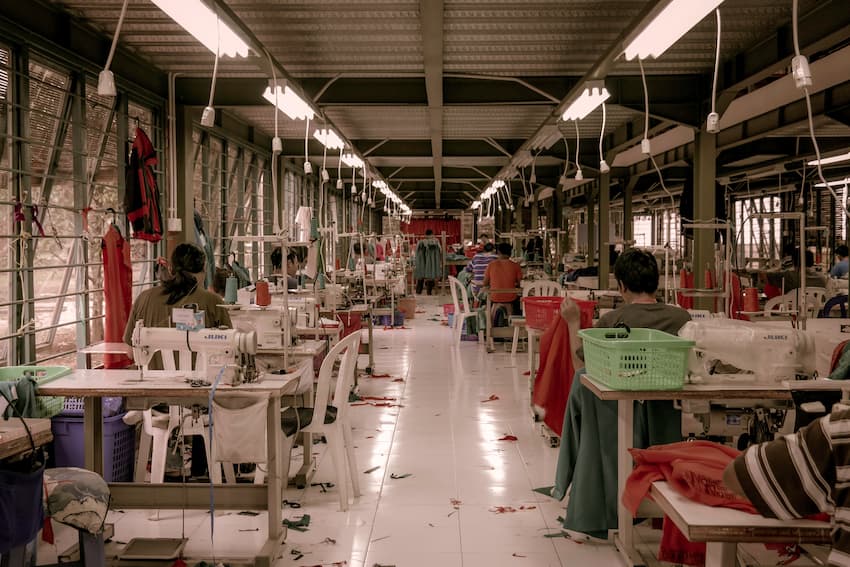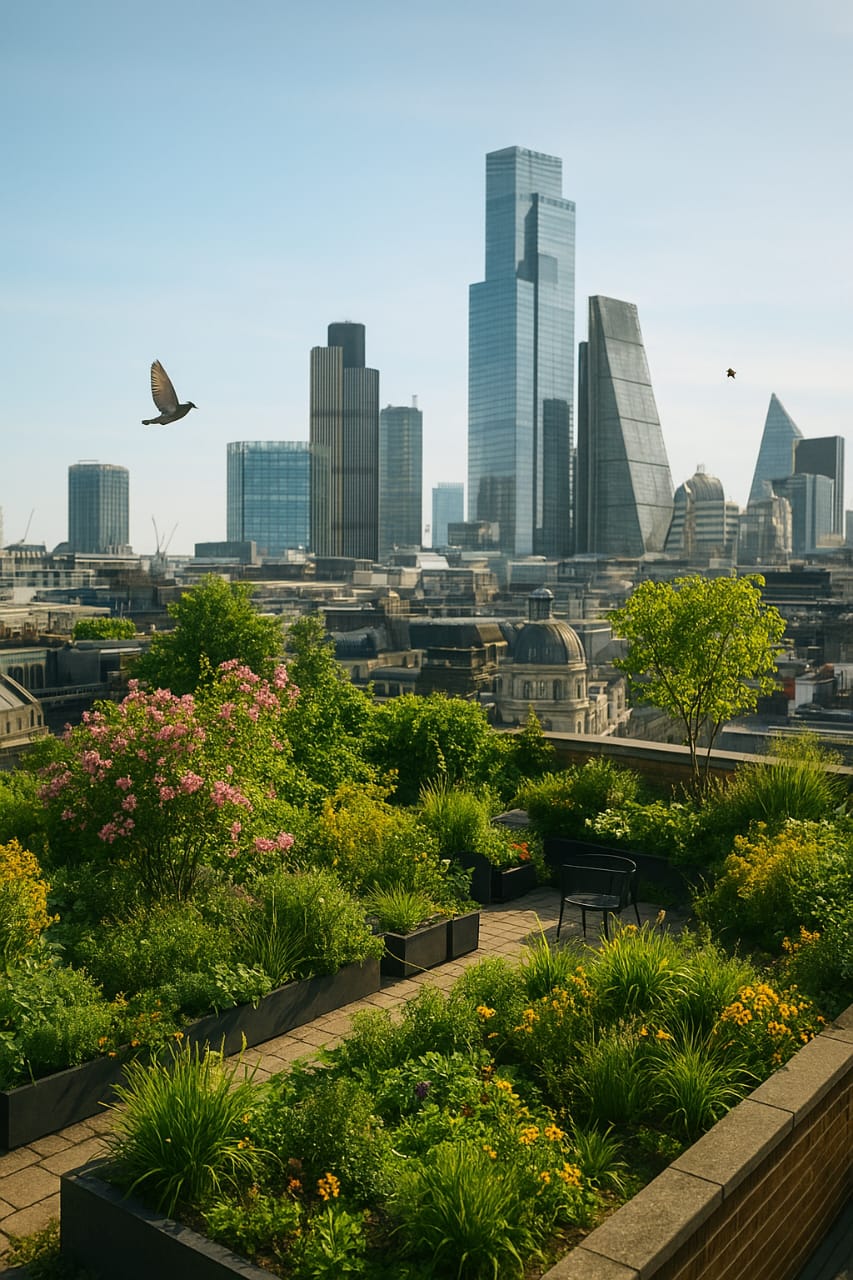Fast fashion is a relatively new phenomenon in the fashion industry that focuses on rapidly
producing high volumes of low-quality fashion, as cheaply as possible. It is causing serious
damage to the planet, exploits workers and can potentially harm the health of those who
wear it.
Fortunately, the sustainable alternative is slow fashion, which takes into consideration all
aspects of the supply chain and in doing so, aims to respect workers, the environment, and
animals. Slow fashion retailers will often use linen, organic cotton, or tencel to create sturdy,
high-quality pieces that last and are gentle enough to keep the environmental impact low.
But slow fashion boasts more than just sustainability and to support this, here are 6 reasons
why slow fashion is so important today:
It lowers your carbon footprint
First and foremost, choosing to support slow fashion naturally reduces your carbon footprint
as it helps us save resources, lower our CO2 emissions and therefore make a smaller
impact on the environment and climate change.
The global apparel and footwear industry is one of the largest global polluters, generating
more than 8% of the world’s carbon emissions each year. If this trend continues, carbon
emissions will rise by more than 50% by 2030.
With Carbon Dioxide being one of the major causes of climate change and global warming,
choosing locally made clothing is just one way to reduce your carbon footprint, by eliminating
the fossil fuels required to transport that piece of clothing all the way from China.

It reduces waste
The continual drive of ‘fast fashion’ adds to not only the climate change problem, but also the
waste problem, amounting to a mind blowing 10,000 items of clothing being sent to landfill
every five minutes, equating to £140 million in value every year. Not only that, but the total
amount of fashion waste is expected to reach 148 million tons by 2030 – the equivalent to
17.5 kg of waste per person, per year, across the planet.
Consciously made garments are often made from high-quality materials that don’t wear out
easily, reducing waste, reducing landfill pile-ups and also saving you money!
But it’s not just the impact on landfill that’s an issue, it’s also the amount of raw materials
used to produce the items that are going to waste too. This brings us onto our next point..
It saves water
To put it into perspective, it takes around 1,800 gallons of water to grow cotton to make one
single pair of jeans and a whopping 2,720 litres of water to make a single cotton t-shirt –
that’s the amount a person normally consumes in three years. This is not something to take
lightly, because water scarcity affects every continent on earth, and at the current rate of
consumption, two-thirds of the world’s population may face water shortages by 2025. But
once again, by buying less and choosing slow fashion, we can significantly reduce our
consumption of this precious natural resource.
It is healthier for your skin
Not only do fast fashion garments have negative impacts on the environment, they can also
pose serious health risks.
Of the 2,400 substances used in clothing manufacturing, researchers have found that
approximately 30% of the identified substances present a known risk to human health. In
addition to this, there are around 8,000 different synthetic chemicals used to dye, bleach and
wet process garments.
Skin is the largest organ of the body and our skin absorbs anything we put on it, including
the chemicals in our clothes. So ultimately, the more fast-fashion garments we cover our
bodies with, the more toxic chemicals we are exposing ourselves to.
Fortunately, by choosing garments made from natural or sustainable fibres and nontoxic
dyes, we can diminish these harmful effects.
It allows you to support brands with a purpose
Another reason why choosing slow fashion is important is that it allows you to support
brands with a true purpose and ethics, rather than purely profit. Ask any CEO of a
sustainable, slow fashion brand and they will tell you that the core of their mission is always
to minimise the carbon footprint and help make the world a better place.
It promotes fair and healthy working conditions
Many fast-fashion retailers keep their prices to a minimum by producing their garments in
factories where workers earn astoundingly low wages, work in dangerous environments, and
face constant pressure to work faster and produce more. However, slow-fashion is typically
made by workers who are paid a living wage and treated fairly. Slow fashion also prioritises
transparency, so that consumers know exactly where their clothes are being made.

Written by Kate, on behalf of Perverse Demand.



